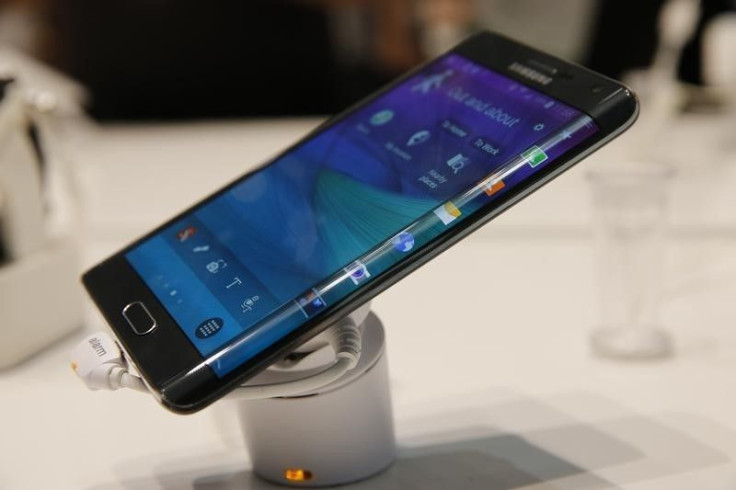Samsung Is Betting On Curved Screens To Save Its Smartphone Business

Facing plummeting smartphone sales and rising competition from all sides of the smartphone industry, Samsung is placing its bets on its new curved-screen devices to set it apart from its rivals. It’s a strategy that looks to deviate from simply offering marginal improvements such as an increased screen size or a faster processor.
But Samsung’s success relies on a number of factors, including keeping costs down while attracting developers to make apps that utilize the curved-screen features of devices such as the Galaxy Note Edge. The curved edge provides app shortcuts, a notification display and access to other functions that operate independently from the main display.
The move from the South Korean electronics firm comes after third-quarter smartphone profits plummeted 73.9 percent, placing it on a path to its worst year since 2011. This was largely due to competition from Chinese manufacturers such as Xiaomi, Huawei and Lenovo, which produce lines of cheaper Android devices. The company has also faced increased pressure at the premium end from Apple’s larger iPhone 6 and 6 Plus, which continue to see wait times of over a week and 3-4 weeks, respectively.
"A change in the platform can bring about a variety of new considerations... I think a curved screen is a big solution for overcoming those challenges," Kim Nam-su, a senior Samsung Electronics designer, told Reuters.
The curved design of the Galaxy Note Edge is a different approach to the smartphone that could prove successful, but Samsung will have to convince customers that it’s more than just another bullet point to add to the feature list. To do that, it will need to convince developers to build apps that support the feature.
The Samsung Galaxy Note Edge is expected to retail at $399.99 with a two-year contract and $945.99 unsubsidized through AT&T and other carriers in the U.S.
© Copyright IBTimes 2024. All rights reserved.












